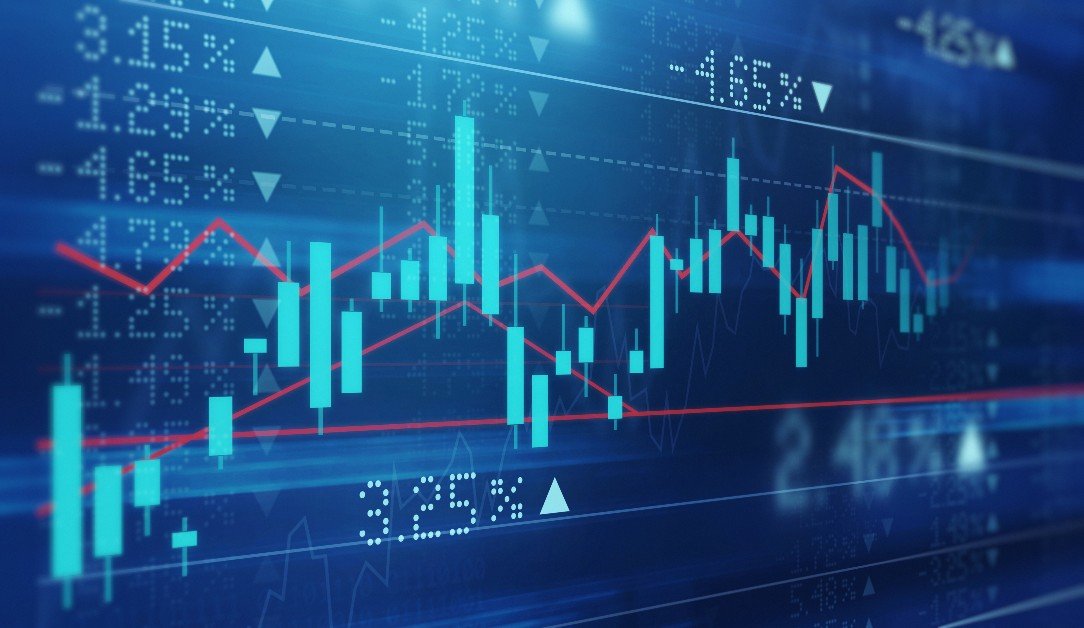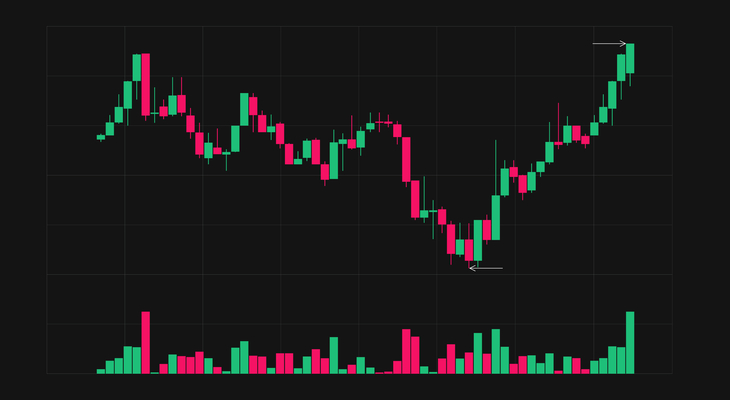Range trading in forex is an art form unlike any other, where success is determined by an individual’s ability to identify support and resistance lines, analyze volume trends, and capitalize on market timing.
It is a skill that, once mastered, can provide unparalleled freedom and financial security. With the potential to reap huge rewards, there is no wonder why range trading has become a popular choice amongst traders.
In this article, we will delve into the depths of range trading in forex, exploring the fundamentals of identifying ranges, trading strategies, and risk management.
It is time to take control of your destiny and join the ever-growing community of range traders. Let us start our journey and master the art of range trading in forex.
Key Takeaways
- Range trading refers to a market that is not trending up or down.
- Range traders focus on buying at oversold levels and selling at overbought levels.
- Traders use support, resistance, volume trends, and moving averages to identify significant price levels in a rangebound market.
- Range trading is characterized by low volatility.
Identifying Ranges
Range trading involves identifying significant price levels within a rangebound market using support, resistance, volume trends, and moving averages.
To successfully trade ranges, traders must focus on analyzing support and resistance levels, as well as volume trends in a rangebound market.
The support and resistance levels are marked by highs and lows and help to identify the range in which the price is trading.
Volume trends will provide insight into whether the price is likely to break out of the range or remain within it.
Moving averages can also be used to help identify significant price levels and when a breakout may occur.
This knowledge allows traders to buy at oversold levels and sell at overbought levels, giving them the opportunity to take advantage of the rangebound market.
Trading Strategies
Navigating the markets with precision requires an in-depth understanding of trading strategies. Range trading is a strategy that focuses on buying and selling within a set price range. It requires traders to identify key support and resistance levels in order to capture profits on short-term price movements. Range traders use indicators such as Bollinger Bands, Relative Strength Index, and Moving Average Convergence/Divergence to identify trends within the range. Profit targets in range trading are typically set at the support and resistance levels.
| Range Trading Indicators | Description |
|---|---|
| Bollinger Bands | Measures the volatility of the market |
| Relative Strength Index | Measures trend direction and momentum |
| Moving Average Convergence/Divergence | Identifies potential trend reversals |
Risk Management
Successful risk management is essential when trading in the foreign exchange market. A trader must be aware of the risks involved in trading and employ a risk management strategy to limit losses and maximize profits.
Risk management involves position sizing, setting stop loss orders, and using leverage wisely. Position sizing is a risk management technique in which the trader determines the size of their trade depending on the amount of capital they have available to invest. This helps to limit the amount of capital at risk and ensure that losses are kept to a minimum.
Setting stop loss orders is also important to minimize potential losses. Stop loss orders are orders to close a position when it reaches a certain price level.
Leverage should also be used with caution as it can amplify gains and losses.
By incorporating risk management techniques into their trading strategy, traders can protect their capital and increase the potential for profitable trades.
Frequently Asked Questions
What is the most important factor to consider when determining the range of a currency pair?
When determining the range of a currency pair, it is important to consider the following factors:
-
Volatility: This refers to the degree of change in the price of the currency pair over a given period of time.
-
Liquidity: This is the ability of the currency pair to be bought and sold in the market without causing a large change in the price.
By monitoring both volatility and liquidity, traders can accurately determine the range of a currency pair and make informed trading decisions.
In addition to volatility and liquidity, traders should also consider the overall market sentiment. This is because market sentiment can also affect the range of a currency pair.
Overall, by considering these factors, traders can gain a better understanding of the range of a currency pair and make more informed trading decisions.
What type of analysis should I use to identify support and resistance levels?
When determining the range of a currency pair, it is important to consider technical analysis. One of the most commonly used ranging strategies is price action analysis. This involves identifying support and resistance levels by observing price movements.
Additionally, trendlines analysis can be used to identify significant price levels. This involves drawing lines connecting the highs and lows of a price range to identify key levels.
Both price action and trendlines analysis can be beneficial when identifying support and resistance levels. However, it is important to remember that no analysis is foolproof and that trading involves risk.
Therefore, it is important to use risk management strategies to protect your capital.
What is the best way to manage risk when trading in a range-bound market?
When trading in a range-bound market, the best way to manage risk is to identify the extent of your exposure to leverage and set appropriate stops. Leverage can amplify gains but also increase the risk of losses. Therefore, it is important to understand the maximum risk exposure associated with a trade.
Setting stops is also critical in order to limit potential losses. A stop-loss order is an order to sell a security when it reaches a certain price, and can help to protect traders from unexpected market movements.
Additionally, traders should consider their level of experience before taking on too much risk.
Are there any specific indicators that are useful for range trading?
Range trading is an intricate art that requires traders to manage risk and psychological factors. Astonishingly, there are a variety of indicators available to guide traders in selecting appropriate entry and exit points.
From the Moving Average Convergence Divergence (MACD) to the Relative Strength Index (RSI), each indicator has its own unique features that can be used to identify key points in a range-bound market.
Additionally, traders can look at support and resistance levels, volume trends, or utilize the Stochastic Oscillator to measure momentum.
With the right combination of indicators, traders can take advantage of range trading opportunities and increase their chances of success.
What role do technical and fundamental analysis play in range trading?
Range trading in the forex market requires a combination of technical and fundamental analysis.
Technical analysis involves using price charts, indicators, and other technical tools to identify potential support and resistance levels.
Fundamental analysis involves researching economic and political factors that may influence currency prices.
Technical and fundamental analysis can be used in combination to identify price levels and evaluate correlations between currencies.
Trend analysis may also be useful in range trading, as it can help to identify significant price movements and potential breakouts.
Range traders should also be aware of correlations between different currency pairs, as these can have significant effects on the range of a currency pair.
Conclusion
Range trading in forex can be an effective way to navigate the markets, if traders use the right strategies and risk management techniques.
While the prospect of trading with volatile markets can be daunting, understanding the art of range trading in forex can help traders make profitable decisions and optimize their trading results.
By utilizing all the resources available, such as demo accounts, videos, articles, ebooks, and a glossary, traders can gain a comprehensive understanding of the markets and master the art of range trading in forex.












